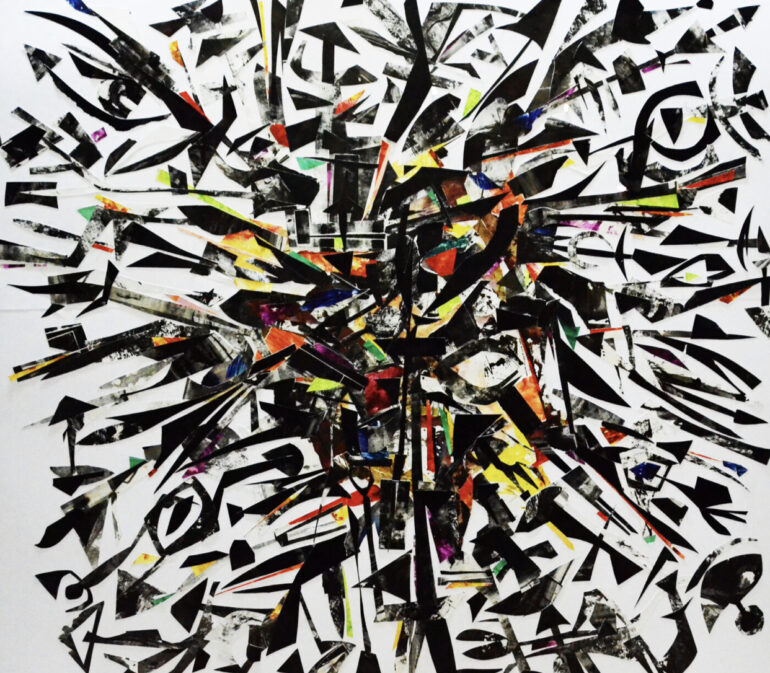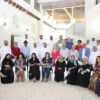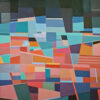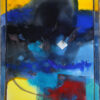As a researcher in artificial intelligence, communication and media studies, I have always been fascinated by the relationship between new media and human, in the sense of examining how emerging media unfolds new collective values. Thus, the media has been tremendously affecting trends, taste, and skills.
That evolution and convergence of media has a huge societal impact on all areas, especially on consumer behavior as e-commerce has monopolized our buying habits, our social interaction, and on our collective values. Nevertheless, the pandemic accelerated the process of adopting new online behaviors, extending virtual communities, and opening new markets. Thus we started hearing more about NFTs, Blockchain, cryptocurrency, and many different terms. Several types of digital objects can be associated to an NFT including photos, videos, and audio. NFTs are now being used to commodify digital objects in different contexts, such as art, gaming, and sports collectibles.
NFTs have emerged from the exponential growth in cloud computing and artificial intelligence, and mostly blockchains. One day we woke to see pictures of apes all over the internet.
Before we move into explaining NFTs, let’s keep this reminder; NFTs would not have been the same without social media, if social media platforms were to disappear entirely, the sale of NFTs would not have been possible as it is today.
So What are NFTs, and what is this hype around it? Why there are so many debates around it? What is its impact on art? How do artists perceive it in comparison to traditional art?
Non-Fungible Tokens (NFTs) have been a hot topic of discussion for quite some time, especially with the rise of conversations around the artificial intelligence, virtual reality, augmented reality, gaming, and metaverse, and of course crypto currency and block chains.
NFTs might seem to some as a passing fad, but looking at the annual trades and profits, numbers shout out to artists and non-artists to get curious about and ride the wave. In 2021, more than 10 billion $ were traded during the third quarter only. In 2022, this year, Beeple, a famous visual artist, sold his digital work 5000 Days for 69 million $ in an auction by Christie’s. This is not an unusual thing to happen in the world of art auction, but this art piece went all viral because it was sold for this amount as an NFT.
As a reaction to this growth, artists, collectors, investors, and companies started exploring their paths into NFT world, especially those who are striving to secure their place in the Metaverse. Many commented on this incident with: someone in the world paid millions of dollars to own a picture on the internet, although now there are hundreds of millions of dollars of NFT sales every week all over the world through open public places like OpenSea, Nifty, Foundation and other emerging platforms that are specialized in showcasing and selling the artwork.
As we witness both excitement and skepticism around NFTSs, we shall examine NFTs and their ecosystem.
What is an NFT market place, and what is their ecosystem?
Despite the modern rise of NFTs , this The idea of NFTs emerged more than a decade ago in 2012 on the Bitcoin block chain.
An NFT is a unit of data stored on a blockchain called Ethereum that certifies a digital asset to be unique, thus it is not interchangeable or transferrable. It is worth mentioning that some block chains, other than Ethereum, have implemented their own version of NFTs, but the most commonly used is, Ethereum.
NFTs are digital assets, they only exist in a digital form and you can’t touch them. NFT could be any type of digital file: a digital artwork, an article, music, video, domain name or a meme, gaming, and sports collectibles.

NFTs are part of the Blockchain family
Blockchain is a decentralized and a distributed digital ledger that can store any type of data. A blockchain can record information about any type of digital data such as in health management, cryptocurrency transactions, NFT ownership or smart contracts. It is true that any database can store information, but the uniqueness of blockchain lies in its decentralization.
Cryptocurrency is an encrypted data string that denotes a unit of currency. It is monitored and organized by a peer-to-peer network called a blockchain, which also serves as a secure ledger of transactions, e.g., buying, selling, and transferring.. This makes smart contracts more viable.
Bitcoin is a virtual currency that is part of the cryptocurrency designed as a form of payment between one person, group, or entity
Ethereum is a decentralized global software platform powered by blockchain technology, it can be used to create any secured digital technology. It has a token designed for use in the blockchain network, but it can also be used as a method to pay for work done on the blockchain.
Metaverse, is a virtual shared world where people can interact with each other virtually
NFT Ownership, A Challenge Defied
The biggest challenge for digital assets has always been ownership, as it was hard to demonstrate rights in internet sphere, but with the emergence of NFTs, not only ownership has been safer and easier, but royalty has become more efficient. Contrary to bitcoin or dollars, NFTs are described as Non-Fungible because each one is unique and has its own value. NFTs can represent ownership not only in visual art, but almost anything, ranging from music and videos, tweets, to real estate, and virtual real estate.
NFT’s characteristics allow to establish the “provenance” of the assigned digital object, offering indisputable answers to such questions as who owns, previously owned, and created the NFT, as well as which of the many copies is the original.
NFT A New Concept of Arts that Attracting millions of investors around the world.
The emergence of NFT has driven many artists around the world to convert into digital artists, and to book their space in the new world of NFts. These artists, who are have become digital artists after years of creating content that generates visits and engagement on Big Tech platforms like Facebook and Instagram while getting almost nothing in return, have lunged headlong into the craze. These artists of all kinds—authors, musicians, filmmakers—envision a future in which NFTs transform both their creative process and how the world values art, now that it’s possible to truly “own” and sell digital art for the first time, and sustain the royalty fees for “eternity”
To understand the NFT in arts, we conducted two interviews in the NFT ecosystem in Emirates, one interview with the Emirati artist Khalid Al Banna, who has recently embarked on the NFT journey, and another interview with Morrow collective.
“NFT gives a new aesthetic spirit to the art work” Khaled Al Banna
How did you get into the NFT world? Was it something you were considering?
” NFt was not on my list, as i was not familiar with it until there was an article about my work published in a local magazine in Emirates, and then I was approached by a company called Morrow collections which proposed to convert some of my pieces into NFTs. Seven pieces were chosen; five of them are already NFTs, and two in process. Basically art work that is highly kinesthetic is the most attractive for NFT.”
Many artists have been expressing their concern from the rise of NFTs and that it is allowing for artists and non artists to become NFT artists without basing their work on specific schools in arts.
This has segregated the skills of NFT artists into art skills or talents, and technical skills. What is your position in this debate?
“Art is a matter of self expression and it shall not be binding to a specif school or so. When the school of conceptual arts was introduced there was so many resistance towards it. However, the new art work imposes itself in the market and in society, and with time these wok become familiar to the public and to collectors. However, there will always be resistance whenever there is no familiarity.”
Then, we asked the artist: “Do you believe that NFT increased the value of art work or it has devalued it?”
“I believe that NFT gives exposure for the artists beyond traditional galleries that are limited to a geographical location, as physical presence . Also, not to forget the metaverse which is still is its early stage, but has a lot of growth ahead. With the convergence of art into NFT, there is more opportunities for artists to have their work showcases beyond any limitation. And now with the rise of metaverse, NFTs art has become more valuable. Imagine that the Pope has been recently gifted an NFT by Sheikha Salamah which is worth more than 350 K AED.
It seems that technology is the new art. Do you agree on this, and what do you say to your fellow artists, especially that etheruim value has been declining tremendously in the past period, which is affecting the prices of cryptocurrency?
First of all, art is all about experimenting and exploring new methods and techniques, and NFT is the right choice. The decline of the value of crypptocurrency doesn’t affect the artist, just as the price of the NFT doesn’t impact the artist’s value, since the latter has endless royalty fees that allows him/her to make a profit out of the sales transaction. So, no matter what happens, the artists sells the piece for a price that he or she assign, and then no matter what the price is the artists preserve the royalty fees of each transaction.
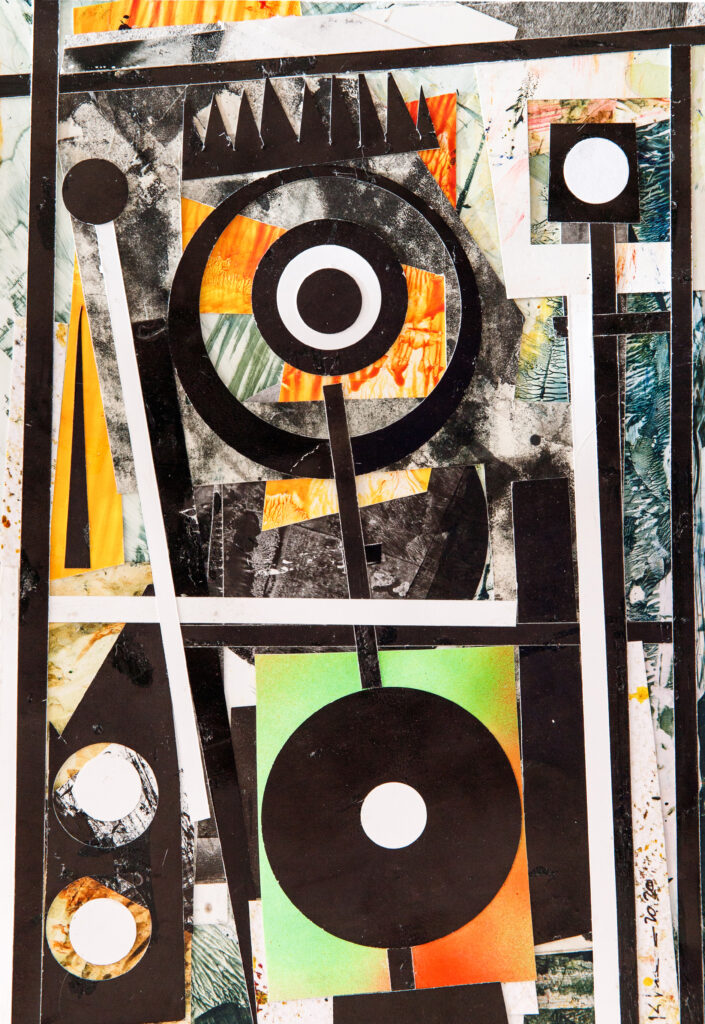
NFTs commercializing explained with Morrow Collective
And for a holistic explanation of the commercial process, we conducted an interview with a commercial party, that acts as an agent for the artist, we interviewed Ms. Anna seaman from Morrow collective, a social media platform that exhibits and promotes NFTs art.
How would you explain the process for artists that are interested in joining the NFT world ?
We usually look for art work that can be converted into NFTs, because the success of conversion into NFTs depends on the ability to animate the art work. Usually we look into collections of the artists, then after taking the permission of the artist, we start working on each peace. The artists can outsource the animation if needed, then the third stage comes which is the “minting” ** that we currently are doing on Opensea, a website that creates the collection of NFTs.
After the NFT is well exhibited on OpenSea, we support the artist in the promotion. Promoting the artist’s work ranges between facilitating participation in virtual and physical exhibitions, networking events, seminars,
and of course through social, publishing articles and essays, of course the most imporatant factor; social media.
What is the role of social media in the NFT uprisal?
Social media, crypto and NFT walk hand in hand with social media, which enforce decentralization that has helped to take the money into the individuals’ pocket rather than losing amount of money for the middlemen.
Social media have made it easier to promote NFTs, and currently, twitter, is the most used platform for selling NFTs.
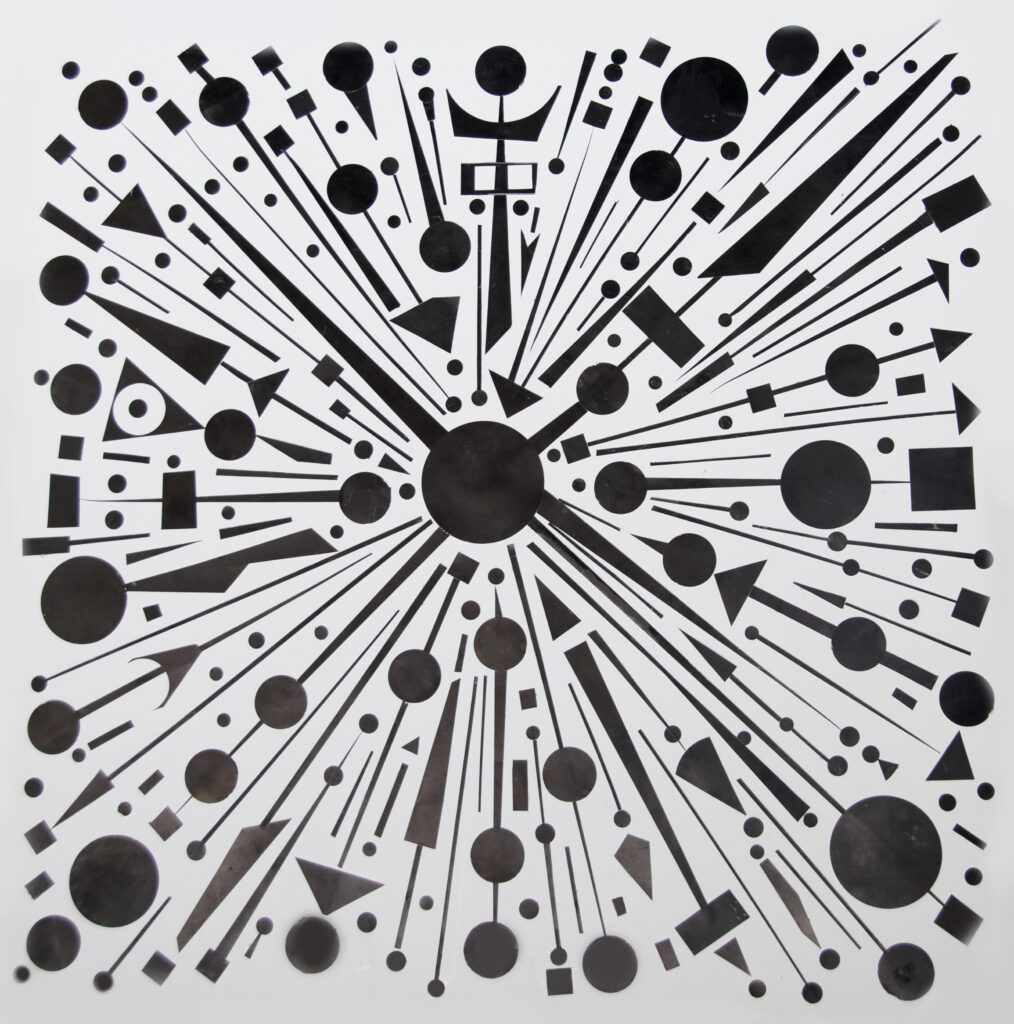
“NFT has grown from social media”
The emergence of NFTs is bringing about an artistic revolution, changing how artists can sell their art. These NFTs function as a form of crypto token connected to a digital asset, It is true that NFTs is an Entrance for creating a financial value from the digital artwork of NFT artists, and that investors make profits from inversting in pieces, galleries and auction houses from the comfort of their offices howwer there are some downsides to the rise of NFTs.
The benefits of NFT art
The benefits of NFT art are various, especially with the introduction of the third generation of the evolution of web technologies the Web 3.0. The biggest benefit is for the artists which allows them to optimize their digital identity that they create on social media, thus it’s a way of Generating income for artists allowing them to have passive income via the secondary market,
especially through royalties. Indeed NFT is a marketing opportunity for artists and their work, and a way to break into the art world, globally where artists can represent themselves without a physical gallery.
In addition to this, NFT allows the artist to sell directly to the collectors, cutting off the middleman hassle and fees, this not only saves money for the artist, but also saved time allowing them to focus on the art in their art work.
NFT has facilitated the verification
Of ownership, royalty and authenticity. Last but not least, NFT has built strong virtual community artists, collectors, investors and supporters that rectify the virality of this new art.
However, NFT comes with its own challenges and cons that draw diverse debates around the sustainability and efficiency of this new technology.
Cons of NFTs
As a starter this technology is technically complex, especially when it comes to gasing and minting, and identifying the best outlets or websites for promoting the artwork. Another downside of the NFT is the high transaction fees for the agents, where some companies who have been acting as agents for the NFT artist require high fees from the artist, the buyer, and the investor, not to mention that prices of the art pieces are usually based on volatile currencies that affect the value kf the art, exactly as is happening with prices of the Ethereum.
Thus the future of NFT is difficult to be anticipated, especially regarding the governance and regulations of this industry.
Also, the NFT paves the way for scammers and con artists, who if they own technical skills might produce art work with no real value, but they are able to sell it for high prices. Last but not least, lately, there has been many discussions about the environmental impact of the NFTs, as it is not energy efficient given that it consumers huge amount of gas in the process of making it, which are basically mentioned earlier, minting and gasing.
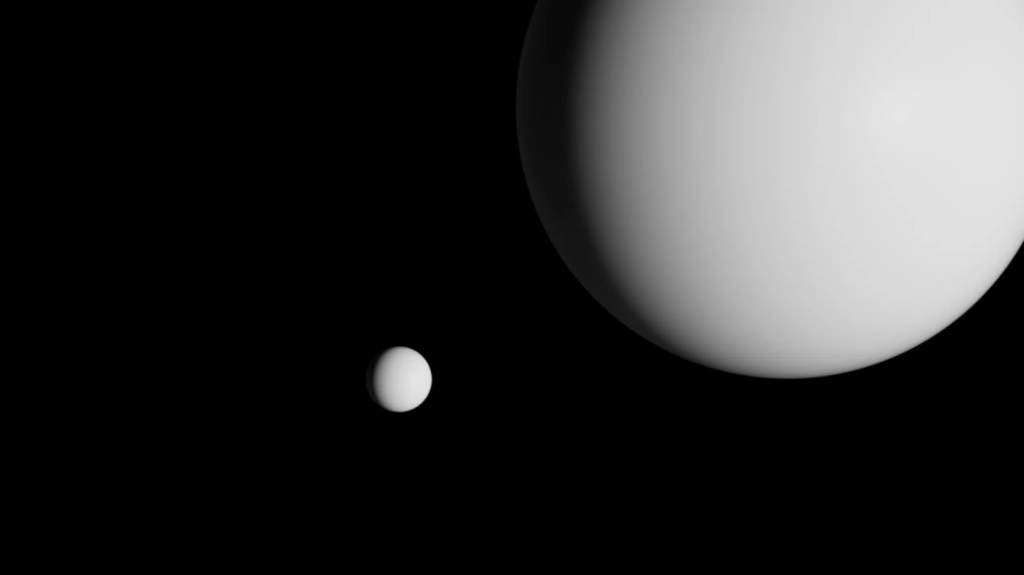
PhD in communication and media studies, Researcher in artificial intelligence and digital media, Lecturer at AUB, LAU in Beirut , and AUD in Dubai. Consultant in media and management , Has several academic and non academic publications, Certified Trainer at Non-governmental organisations UN agencies, and consulting firms.

